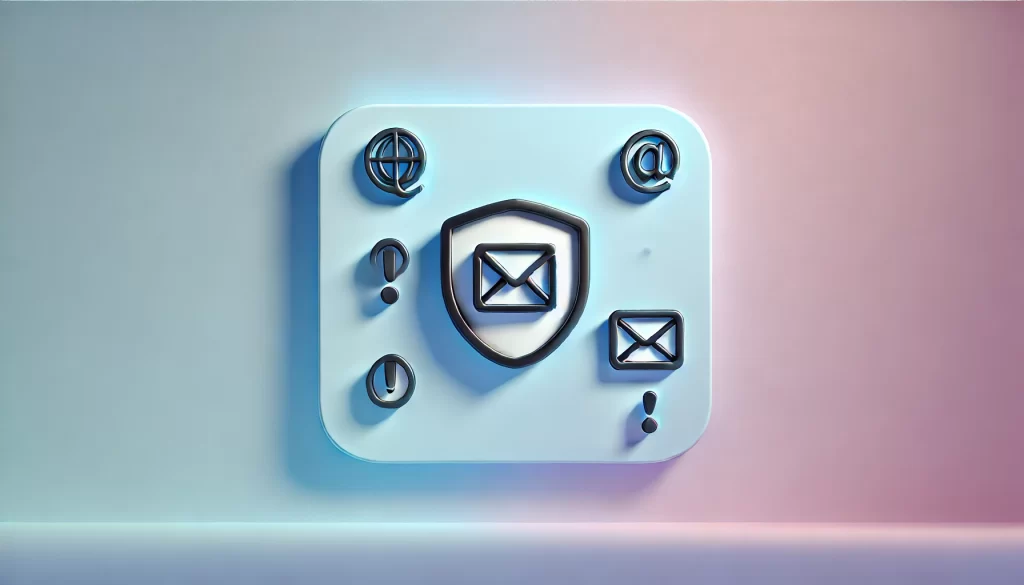In today’s digital age, cybersecurity threats are becoming increasingly sophisticated, with phishing attacks being one of the most prevalent and dangerous. As businesses rely more on digital communication, educating employees about recognizing and preventing phishing attempts is crucial. This article will explore effective strategies for implementing phishing training for employees and creating a culture of cybersecurity awareness in your organization.
Contents
Understanding Phishing Attacks
Phishing is a type of cyber attack in which malicious actors attempt to trick individuals into revealing sensitive information, such as login credentials or financial details. These attacks often take the form of deceptive emails, text messages, or websites that appear legitimate but are designed to steal information or install malware.
The Importance of Employee Education
Employees are often the first line of defense against phishing attacks. By educating your staff on how to recognize and respond to these threats, you can significantly reduce the risk of successful attacks. A well-informed workforce can act as a human firewall, protecting your organization’s sensitive data and systems.
Key Elements of Effective Phishing Training
1. Regular Training Sessions
Conduct frequent training sessions to keep employees up-to-date on the latest phishing techniques and cybersecurity best practices. These sessions should be engaging, interactive, and tailored to your organization’s specific needs.
2. Simulated Phishing Attacks
Implement simulated phishing campaigns to test employees’ ability to recognize and report suspicious emails. These controlled exercises provide valuable insights into areas where additional training may be needed.
3. Real-World Examples
Use actual phishing attempts that have targeted your organization or industry to illustrate the reality of these threats. This approach helps employees understand that phishing is not just a theoretical concept but a real danger they may encounter.
4. Clear Reporting Procedures
Establish and communicate clear procedures for reporting suspected phishing attempts. Employees should know exactly who to contact and what steps to take when they encounter a suspicious message.
5. Positive Reinforcement
Recognize and reward employees who successfully identify and report phishing attempts. This positive reinforcement encourages continued vigilance and participation in your organization’s cybersecurity efforts.
Key Indicators of Phishing Attempts
Educate employees on common red flags that may indicate a phishing attempt:
- Urgent or threatening language
- Requests for sensitive information
- Unexpected attachments or links
- Mismatched or suspicious email addresses
- Poor grammar or spelling errors
- Offers that seem too good to be true
Creating a Culture of Cybersecurity Awareness
Beyond formal training, fostering a culture of cybersecurity awareness is crucial. Encourage open communication about potential threats and make cybersecurity a regular topic of discussion in team meetings. Consider appointing “security champions” within different departments to help disseminate information and best practices.
Leveraging Technology
While employee education is crucial, it should be complemented by robust technological defenses. Implement email filtering systems, anti-malware software, and multi-factor authentication to provide additional layers of protection against phishing attacks.
Measuring the Effectiveness of Your Training
Regularly assess the impact of your phishing awareness program through:
- Tracking the number of reported phishing attempts
- Monitoring the success rate of simulated phishing campaigns
- Conducting surveys to gauge employee knowledge and confidence
- Analyzing the number of actual security incidents related to phishing
Staying Up-to-Date
Phishing techniques are constantly evolving, so keeping your training program current is essential. Stay informed about the latest threats and adapt your education efforts accordingly. Encourage IT and security teams to share new information and update training materials regularly.
Conclusion
Educating employees on recognizing phishing attempts is an ongoing process that requires commitment and resources. However, investing in comprehensive training and awareness programs can significantly reduce the risk of successful attacks and protect your organization’s valuable assets. By combining regular education, simulated exercises, clear procedures, and a culture of cybersecurity awareness, you can empower your employees to become a strong line of defense against phishing and other cyber threats.
Remember, the goal is not just to complete a training program but to create a consistently vigilant workforce prepared to face the ever-changing landscape of cybersecurity threats. With the right approach to education and awareness, your employees can become your organization’s most valuable asset in the fight against phishing attacks.
Shahzad Ahmad Mirza is a web developer, entrepreneur, and trainer based in Lahore, Pakistan. He started his career in 2000 and founded his web development agency, Designs Valley, in 2012. Mirza also runs a YouTube channel, “Learn With Shahzad Ahmad Mirza,” where he shares his web programming and internet marketing expertise. He has trained over 50,000 students, many of whom have become successful digital marketers, programmers, and freelancers. He also created the GBOB (Guest Blog Posting Business) course, which teaches individuals how to make money online.




